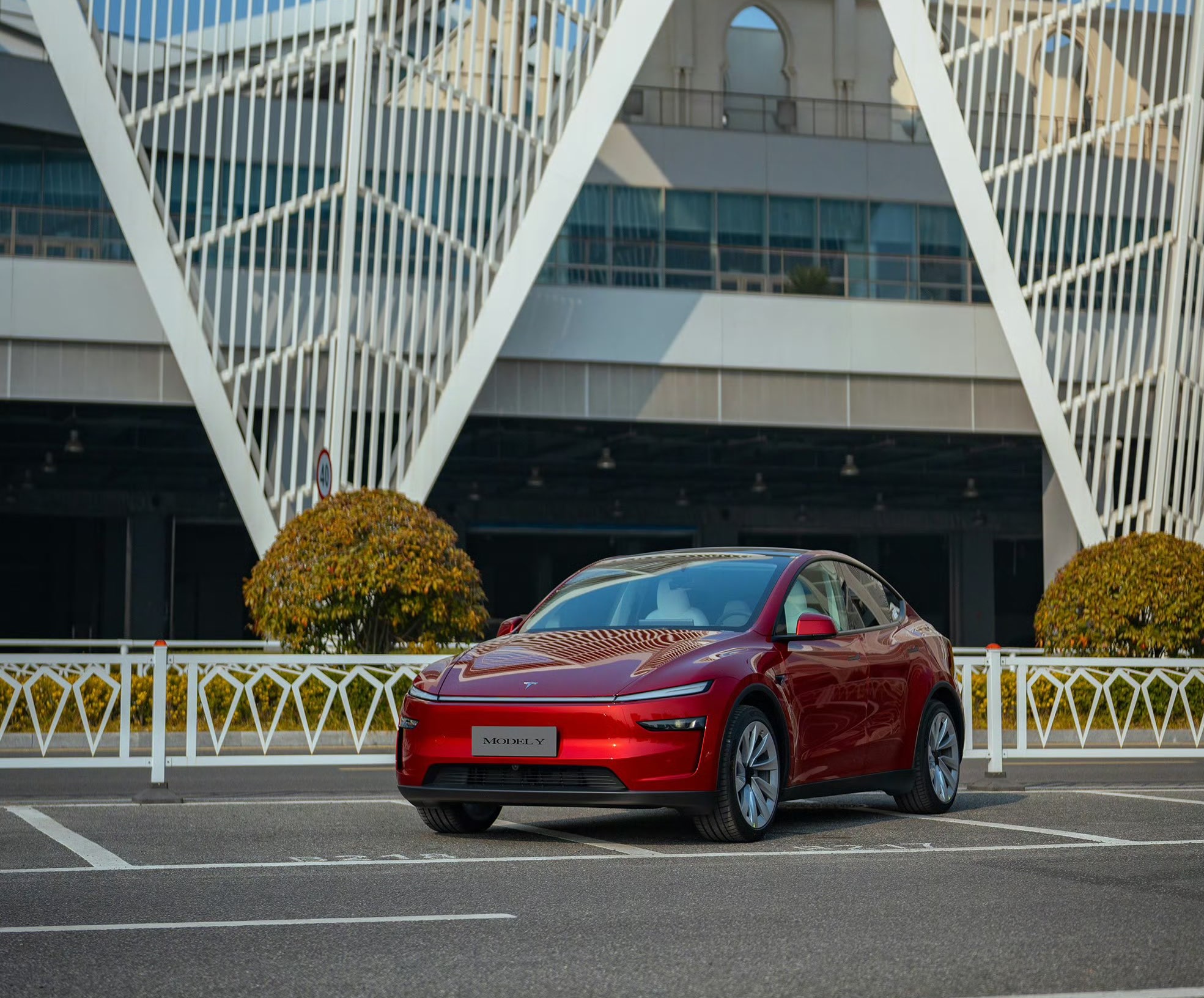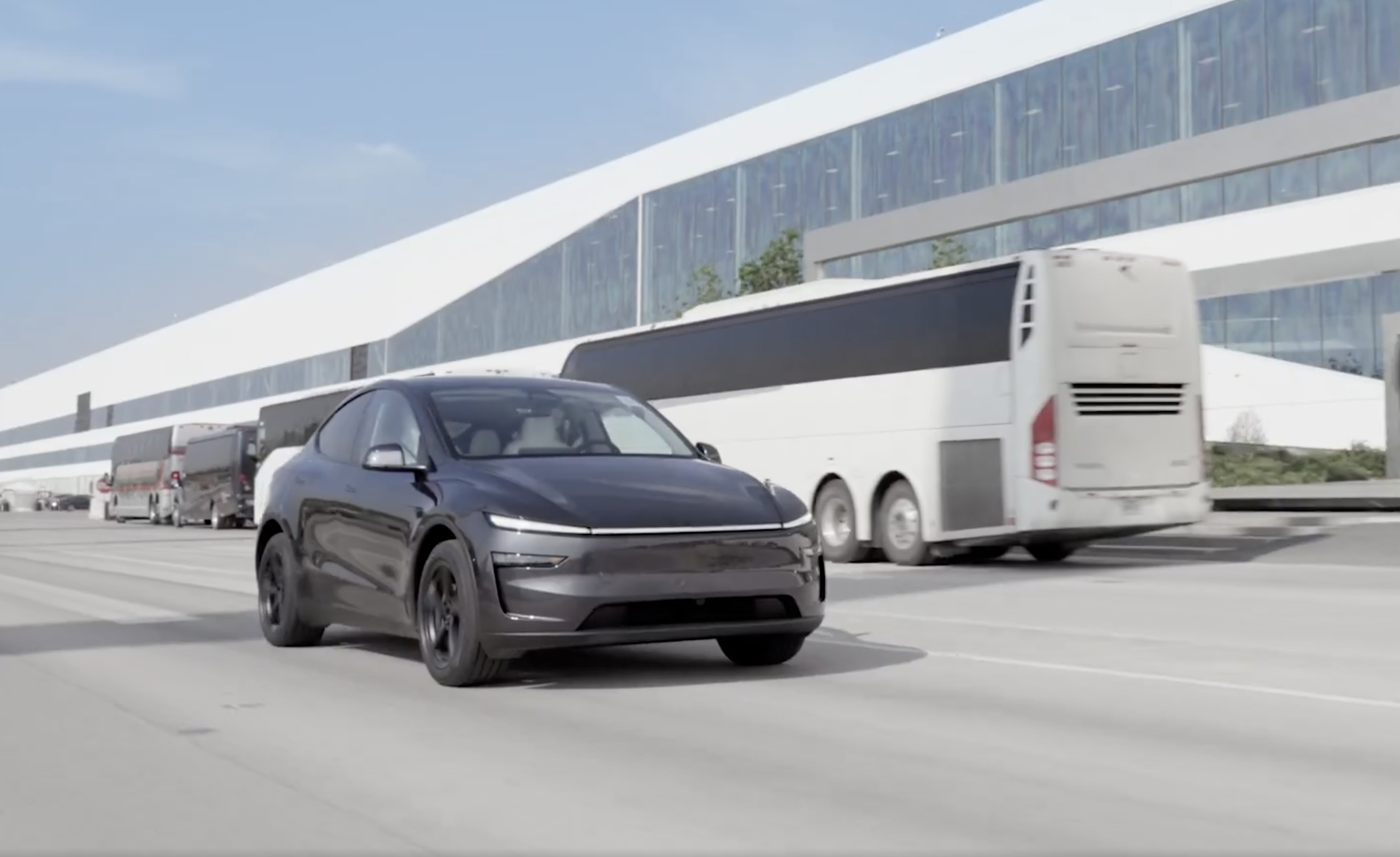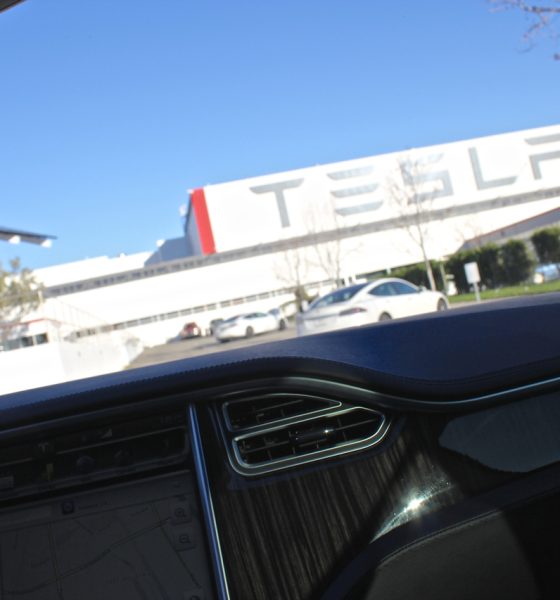It’s the question that puzzles pundits and makes short-sellers see red: Why isn’t Tesla broke yet? The company has posted losses almost every quarter since its founding, but not only does it remain in business, it steadily rolls out new products and opens up new markets, as Tesla fanboys cheer and the stock (over the long term) has soared.
Many have sought an answer to this consequential question – the latest is the Youtube channel The Rest of Us, in a charmingly childlike animated video that explains Tesla’s unique financial model in the simplest of terms.
Above: Exploring the financials at Tesla (Youtube: The Rest of Us)
In short, Tesla isn’t broke because it isn’t running out of cash. Theoretically, losses can continue indefinitely, as long as the kitty is regularly replenished. But where does the cash come from? Some comes from the sale of vehicles – Tesla earns a healthy margin on each car it sells (despite the disingenuous claims of some naysayers), and it sometimes even gets cash in the form of deposits before it even builds a vehicle (a clever financial feat that’s the envy of other automakers).
However, even as Tesla rakes in piles of money from product sales, it shovels out much more. Whence cometh the cash to top up Tesla’s reserves? Some is borrowed (debt financing), but more comes from the stock market (equity financing). Why do investors keep buying shares in a company that perennially loses money? Because savvy investors don’t base their decisions on what a company is doing today, but on its prospects for the future. Tesla is focused on the future like no other automaker, and has steadily invested huge sums to prepare for a future in which it sees huge opportunities.
Many articles about Tesla and other high-flying tech companies use terms such as “burn rate,” which can give the false impression that the cash that’s coming in just disappears, frittered away, heedlessly tossed to the winds, flushed down the…you get the idea.
Back in 2016, Vincent Paver, writing in Medium, made some good points as he explained that, far from throwing its cash in the fireplace, Tesla has invested much of it in capital goods – handy things like factories, machine tools, robots and charging facilities. Paver points out that, at the time of writing, Tesla had “burned” $1.6 billion over the last 12 months, but the book value of its equipment had increased by $2.8 billion over the same period. Other expenditures, such as vehicle development costs and employee training, may not result in tangible bricks-and-mortar assets, but they are also investments, as they allow Tesla to create new products that it can sell for more lovely cash.
Paver concludes that what we have here is not a company that is recklessly flinging away money, but one that is “in a capital-intensive business, and is [investing] substantial but appropriate sums of money on equipment and capacity expansion, tied directly to strong end user demand.”
And there you have the real key to why the callow California carmaker hasn’t gone belly-up, and won’t if current trends continue. The demand for Tesla’s products is strong – the backlog of Model 3 orders remains huge, and Models S and X continue to sell at a steady pace. Yes, not being able to produce vehicles fast enough to meet demand is a problem, but the reverse would be much worse. If Tesla’s waiting list disappears, and sales figures start going down, then it will truly be time to worry about the company’s cash flow.
Paver calls Tesla “a rare example of a public company aggressively chasing a market opportunity many multiples greater than its current scale.” Elon Musk’s new compensation plan, which was recently approved by shareholders, envisions the automaker growing to a market cap of $650 billion, which would make Tesla one of the five largest companies in the US. If and when that happens, rest assured that plenty more cash will be burned along the way.
===
Note: Article originally published on evannex.com by Charles Morris

Investor's Corner
Mizuho keeps Tesla (TSLA) “Outperform” rating but lowers price target
As per the Mizuho analyst, upcoming changes to EV incentives in the U.S. and China could affect Tesla’s unit growth more than previously expected.

Mizuho analyst Vijay Rakesh lowered Tesla’s (NASDAQ:TSLA) price target to $475 from $485, citing potential 2026 EV subsidy cuts in the U.S. and China that could pressure deliveries. The firm maintained its Outperform rating for the electric vehicle maker, however.
As per the Mizuho analyst, upcoming changes to EV incentives in the U.S. and China could affect Tesla’s unit growth more than previously expected. The U.S. accounted for roughly 37% of Tesla’s third-quarter 2025 sales, while China represented about 34%, making both markets highly sensitive to policy shifts. Potential 50% cuts to Chinese subsidies and reduced U.S. incentives affected the firm’s outlook.
With those pressures factored in, the firm now expects Tesla to deliver 1.75 million vehicles in 2026 and 2 million in 2027, slightly below consensus estimates of 1.82 million and 2.15 million, respectively. The analyst was cautiously optimistic, as near-term pressure from subsidies is there, but the company’s long-term tech roadmap remains very compelling.
Despite the revised target, Mizuho remained optimistic on Tesla’s long-term technology roadmap. The firm highlighted three major growth drivers into 2027: the broader adoption of Full Self-Driving V14, the expansion of Tesla’s Robotaxi service, and the commercialization of Optimus, the company’s humanoid robot.
“We are lowering TSLA Ests/PT to $475 with Potential BEV headwinds in 2026E. We believe into 2026E, US (~37% of TSLA 3Q25 sales) EV subsidy cuts and China (34% of TSLA 3Q25 sales) potential 50% EV subsidy cuts could be a headwind to EV deliveries.
“We are now estimating TSLA deliveries for 2026/27E at 1.75M/2.00M (slightly below cons. 1.82M/2.15M). We see some LT drivers with FSD v14 adoption for autonomous, robotaxi launches, and humanoid robots into 2027 driving strength,” the analyst noted.
Investor's Corner
Tesla stock lands elusive ‘must own’ status from Wall Street firm

Tesla stock (NASDAQ: TSLA) has landed an elusive “must own” status from Wall Street firm Melius, according to a new note released early this week.
Analyst Rob Wertheimer said Tesla will lead the charge in world-changing tech, given the company’s focus on self-driving, autonomy, and Robotaxi. In a note to investors, Wertheimer said “the world is about to change, dramatically,” because of the advent of self-driving cars.
He looks at the industry and sees many potential players, but the firm says there will only be one true winner:
“Our point is not that Tesla is at risk, it’s that everybody else is.”
The major argument is that autonomy is nearing a tipping point where years of chipping away at the software and data needed to develop a sound, safe, and effective form of autonomous driving technology turn into an avalanche of progress.
Wertheimer believes autonomy is a $7 trillion sector,” and in the coming years, investors will see “hundreds of billions in value shift to Tesla.”
A lot of the major growth has to do with the all-too-common “butts in seats” strategy, as Wertheimer believes that only a fraction of people in the United States have ridden in a self-driving car. In Tesla’s regard, only “tens of thousands” have tried Tesla’s latest Full Self-Driving (Supervised) version, which is v14.
Tesla Full Self-Driving v14.2 – Full Review, the Good and the Bad
When it reaches a widespread rollout and more people are able to experience Tesla Full Self-Driving v14, he believes “it will shock most people.”
Citing things like Tesla’s massive data pool from its vehicles, as well as its shift to end-to-end neural nets in 2021 and 2022, as well as the upcoming AI5 chip, which will be put into a handful of vehicles next year, but will reach a wider rollout in 2027, Melius believes many investors are not aware of the pace of advancement in self-driving.
Tesla’s lead in its self-driving efforts is expanding, Wertheimer says. The company is making strategic choices on everything from hardware to software, manufacturing, and overall vehicle design. He says Tesla has left legacy automakers struggling to keep pace as they still rely on outdated architectures and fragmented supplier systems.
Tesla shares are up over 6 percent at 10:40 a.m. on the East Coast, trading at around $416.
Investor's Corner
Tesla analyst maintains $500 PT, says FSD drives better than humans now
The team also met with Tesla leaders for more than an hour to discuss autonomy, chip development, and upcoming deployment plans.

Tesla (NASDAQ:TSLA) received fresh support from Piper Sandler this week after analysts toured the Fremont Factory and tested the company’s latest Full Self-Driving software. The firm reaffirmed its $500 price target, stating that FSD V14 delivered a notably smooth robotaxi demonstration and may already perform at levels comparable to, if not better than, average human drivers.
The team also met with Tesla leaders for more than an hour to discuss autonomy, chip development, and upcoming deployment plans.
Analysts highlight autonomy progress
During more than 75 minutes of focused discussions, analysts reportedly focused on FSD v14’s updates. Piper Sandler’s team pointed to meaningful strides in perception, object handling, and overall ride smoothness during the robotaxi demo.
The visit also included discussions on updates to Tesla’s in-house chip initiatives, its Optimus program, and the growth of the company’s battery storage business. Analysts noted that Tesla continues refining cost structures and capital expenditure expectations, which are key elements in future margin recovery, as noted in a Yahoo Finance report.
Analyst Alexander Potter noted that “we think FSD is a truly impressive product that is (probably) already better at driving than the average American.” This conclusion was strengthened by what he described as a “flawless robotaxi ride to the hotel.”
Street targets diverge on TSLA
While Piper Sandler stands by its $500 target, it is not the highest estimate on the Street. Wedbush, for one, has a $600 per share price target for TSLA stock.
Other institutions have also weighed in on TSLA stock as of late. HSBC reiterated a Reduce rating with a $131 target, citing a gap between earnings fundamentals and the company’s market value. By contrast, TD Cowen maintained a Buy rating and a $509 target, pointing to strong autonomous driving demonstrations in Austin and the pace of software-driven improvements.
Stifel analysts also lifted their price target for Tesla to $508 per share over the company’s ongoing robotaxi and FSD programs.











